In the fast-paced world of international trade, choosing the right shipping method is crucial for ensuring successful and cost-effective transactions. Delivered Duty Paid (DDP) is one such shipping term that has gained popularity for its comprehensive nature. This article delves into the specifics of DDP shipping from China to Saudi Arabia, covering the costs involved, the process, and the benefits for both sellers and buyers. Whether you are a seasoned importer or new to the world of shipping, understanding DDP can provide significant advantages in your supply chain operations.
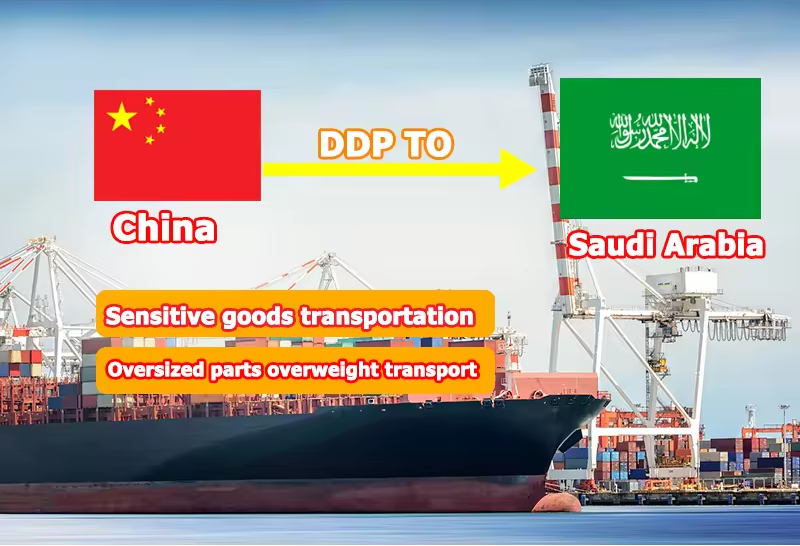
Table of Contents
1. What is DDP Shipping?
Definition of DDP Shipping
Delivered Duty Paid (DDP) is one of the 11 Incoterms (International Commercial Terms) defined by the International Chamber of Commerce (ICC). Under DDP terms, the seller assumes all risks and costs associated with delivering the goods to a specified destination, which includes shipping, export and import duties, insurance, and any other expenses incurred during transit.
Key Components
- Seller’s Responsibilities:
- The seller is responsible for all expenses and risks until the goods reach the buyer’s specified location.
- This includes not only shipping costs but also import duties, taxes, and customs clearance.
- Buyer’s Responsibilities:
- The buyer’s responsibilities are minimal, mainly consisting of unloading the goods upon arrival and taking possession.
2. Cost of DDP Shipping from China to Saudi Arabia
Components of Cost
Understanding the cost structure is crucial for both sellers and buyers. Here are the key components involved:
- Shipping Charges: The cost of transporting goods from China to Saudi Arabia, which can vary based on the mode of transportation (air, sea, land).
- Customs Duties and Taxes: Import duties and taxes levied by Saudi Arabian customs authorities.
- Insurance: Coverage for potential risks during transit, such as damage or loss of goods.
- Handling Fees: Charges for loading, unloading, and handling the goods at various points in the supply chain.
Factors Affecting Cost
Several factors can influence the overall cost of DDP shipping:
- Type and Volume of Goods: Larger shipments or goods requiring special handling will incur higher costs.
- Mode of Transportation: Air freight is generally faster but more expensive than sea freight. Land transportation costs can vary based on distance and route.
- Seasonal Variations and Demand: Shipping costs can fluctuate based on seasonal demand and market conditions. For example, shipping costs tend to rise during peak holiday seasons.
Example Cost Breakdown
Here’s a sample cost breakdown for a typical DDP shipment of consumer electronics from China to Saudi Arabia:
| Cost Component | Estimated Cost (USD) |
|---|---|
| Shipping Charges | $1,500 |
| Customs Duties and Taxes | $800 |
| Insurance | $200 |
| Handling Fees | $100 |
| Total | $2,600 |
Understanding these cost components can help both sellers and buyers plan better and avoid unexpected expenses.
Read More:
- Shipping from China to Saudi Arabia
- Shipping From China To IRAQ
- Shipping from China to Bahrain
- Shipping From China To SOUTH AFRICA
3. Process of DDP Shipping
Step-by-Step Process
Understanding the step-by-step process of DDP shipping can help both sellers and buyers navigate the complexities involved.
- Seller’s Responsibilities:
- Arranging Main Carriage: The seller is responsible for contracting with a freight carrier and ensuring the goods are transported from China to Saudi Arabia.
- Export Clearance: The seller must handle all export documentation and secure any necessary export licenses or permits.
- Payment of Import Duties and Taxes: Upon arrival in Saudi Arabia, the seller must pay all import duties, taxes, and any other costs associated with customs clearance.
- Buyer’s Responsibilities:
- Receiving the Goods: The buyer’s main responsibility is to receive the goods at the specified location. They must also handle the unloading of the goods from the transportation vehicle.
Required Documentation
Proper documentation is essential for smooth DDP shipping. The following documents are typically required:
- Commercial Invoice: Details the transaction between the buyer and seller, including product descriptions, quantities, and prices.
- Packing List: Provides detailed information about the contents of each package, including dimensions and weight.
- Bill of Lading (B/L) or Air Waybill: Serves as a receipt for the cargo and a contract for the transportation of goods.
- Import Licenses and Permits: Depending on the nature of the goods, specific import licenses or permits may be required by Saudi Arabian authorities.
Customs Clearance
Customs clearance in Saudi Arabia can be intricate, involving several regulatory checks and procedures.
- Overview of Saudi Customs Regulations: Saudi Arabia has specific import regulations, including restrictions on certain goods and requirements for proper labeling and documentation.
- Tips for Smooth Customs Clearance:
- Accurate Documentation: Ensure all documents are accurately completed and submitted.
- Compliance with Regulations: Familiarize yourself with Saudi Arabia’s import regulations to avoid delays.
- Engage a Local Agent: Employing a local customs broker can facilitate smoother clearance processes.
4. Benefits of DDP Shipping
For Sellers
DDP shipping offers several advantages for sellers:
- Increased Control: Sellers maintain control over the entire shipping process, from origin to destination. This can help ensure timely delivery and adherence to agreed-upon terms.
- Potential for Higher Profit Margins: By incorporating all costs into the sale price, sellers can potentially achieve higher profit margins. Additionally, the comprehensive nature of DDP can make the offer more attractive to buyers, potentially increasing sales volume.
For Buyers
DDP shipping also provides significant benefits for buyers:
- Simplified Process: DDP shipping minimizes the buyer’s involvement in the logistics process. The buyer does not have to worry about shipping arrangements, customs clearance, or payment of import duties.
- Reduced Risk: Since the seller assumes all risks and costs until the goods reach the buyer, the buyer is protected from unexpected expenses and complications.
- No Hidden Costs: The all-inclusive nature of DDP ensures that the buyer knows the total cost upfront, with no hidden fees or surprise charges upon arrival.
- Assurance of Compliance: The seller is responsible for ensuring that all regulatory requirements are met, providing assurance to the buyer that the goods comply with local laws and regulations.
5. Challenges and Considerations
Despite its many benefits, DDP shipping is not without challenges. Understanding these can help both sellers and buyers mitigate potential issues.
For Sellers
- Higher Upfront Costs: Sellers must cover all shipping, customs, and import costs, which can require significant upfront investment.
- Complexity in Managing Logistics: Coordinating the entire shipping process, especially for international shipments, can be complex and time-consuming.
- Compliance with Regulations: Ensuring compliance with both export and import regulations requires meticulous attention to detail and thorough knowledge of international trade laws.
For Buyers
- Dependence on Seller: Buyers are heavily dependent on the seller for accurate cost estimation and timely delivery. Any delays or errors on the seller’s part can impact the buyer’s operations.
- Limited Control: Buyers have limited control over the shipping process and logistics, which can be a disadvantage in certain situations.
Mitigation Strategies
Both sellers and buyers can take steps to mitigate these challenges:
- Effective Communication: Maintain open and clear communication between all parties involved. This ensures that any issues are quickly identified and addressed.
- Selection of Reliable Freight Forwarders: Partner with experienced and reputable freight forwarders who can handle the logistics and compliance aspects efficiently.
- Use of Technology: Utilize technology and tracking systems to monitor shipments in real-time, ensuring transparency and timely updates.
By understanding the process, benefits, and challenges of DDP shipping, both sellers and buyers can make informed decisions and optimize their international trade operations, particularly when shipping from China to Saudi Arabia.
6. FAQs
To address common questions and provide clarity on DDP shipping from China to Saudi Arabia, here are some frequently asked questions and their answers. This section aims to resolve common queries and encourage further engagement.
Q1: What are the main differences between DDP and DAP (Delivered At Place)?
Answer: The primary difference between DDP and DAP is the responsibility for import duties and taxes. Under DDP, the seller assumes all responsibilities, including import duties and taxes. Under DAP, the seller is responsible for delivering the goods to the buyer’s location, but the buyer is responsible for handling customs clearance and paying import duties and taxes.
Q2: How can I ensure compliance with Saudi Arabian customs regulations?
Answer: To ensure compliance with Saudi Arabian customs regulations:
- Stay informed about the latest import regulations and requirements.
- Prepare accurate and complete documentation.
- Engage a local customs broker or consultant who is familiar with Saudi Arabian procedures.
- Utilize technology to track and manage compliance.
Q3: What types of goods are restricted or prohibited for import into Saudi Arabia?
Answer: Some goods are restricted or prohibited for import into Saudi Arabia, including:
- Alcoholic beverages and pork products.
- Narcotics and controlled substances.
- Items contrary to Islamic beliefs, such as certain literature and media.
- Specific chemicals and hazardous materials.
For a complete list, refer to the Saudi Arabian Customs website or consult with a local customs broker.
Q4: How can I estimate the cost of DDP shipping?
Answer: Estimating the cost of DDP shipping involves considering several components:
- Shipping charges based on the mode of transportation.
- Import duties and taxes as per Saudi Arabian tariff schedules.
- Insurance costs for coverage during transit.
- Handling fees for loading, unloading, and other services.
Utilize online tools like Freightos and SimplyDuty for accurate cost estimation.
Q5: What are the benefits of using DDP over other Incoterms?
Answer: The benefits of using DDP include:
- Simplified process for the buyer, with the seller handling all logistics and compliance.
- Reduced risk for the buyer as the seller takes on all responsibilities until delivery.
- No hidden costs, providing transparency and predictability for the buyer.
- Increased control for the seller over the shipping process and compliance.
Q6: Can I track my DDP shipment in real-time?
Answer: Yes, many freight forwarders and logistics providers offer real-time tracking services. These services allow you to monitor the status and location of your shipment throughout the shipping process. Utilizing tracking technology can help ensure timely delivery and address any issues that may arise.
By addressing these frequently asked questions, we aim to provide clarity and support for those considering or currently using DDP shipping from China to Saudi Arabia. For further inquiries, feel free to reach out to our consulting services or explore the additional resources provided.
Read More:
- Cheapest shipping from China to Saudi Arabia
- Shipping a container from China to Saudi Arabia?
- Shipping from China to Dammam
7. Additional Resources
To further enhance your understanding and capabilities in DDP shipping from China to Saudi Arabia, we recommend exploring the following resources. These resources provide in-depth knowledge, practical tools, and expert advice to help you navigate the complexities of international shipping.
Recommended Reading
- “Incoterms 2020” by the International Chamber of Commerce (ICC)
This comprehensive guide explains the latest Incoterms, including DDP, and provides detailed scenarios and examples to help you apply them correctly in your transactions. Link to ICC Store
- “Global Supply Chain Management and International Logistics” by Alan E. Branch
- This book offers insights into managing global supply chains, including logistics, transportation, and compliance, providing a broader context for international shipping.
- Link to Amazon
Online Courses and Webinars
- Coursera: “International Logistics and Transportation”
- An online course that covers the essentials of international logistics, including shipping terms, documentation, and customs procedures.
- Link to Coursera
- Webinar: “Navigating International Trade Compliance with DDP” by Trade Compliance Solutions
- A practical webinar that discusses the challenges and best practices for ensuring compliance with DDP shipping requirements.
- Link to Webinar Registration
Tools and Software
- Freightos: Freight Rate Calculator
- Use this tool to get instant quotes on freight rates, helping you estimate the cost of DDP shipping from China to Saudi Arabia.
- Link to Freightos
- Tariff and Customs Duty Calculator by SimplyDuty
- Calculate the import duties and taxes for your goods to ensure accurate cost estimation for DDP shipments.
- Link to SimplyDuty

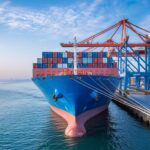




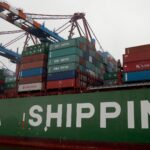


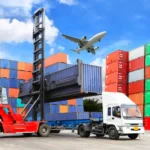

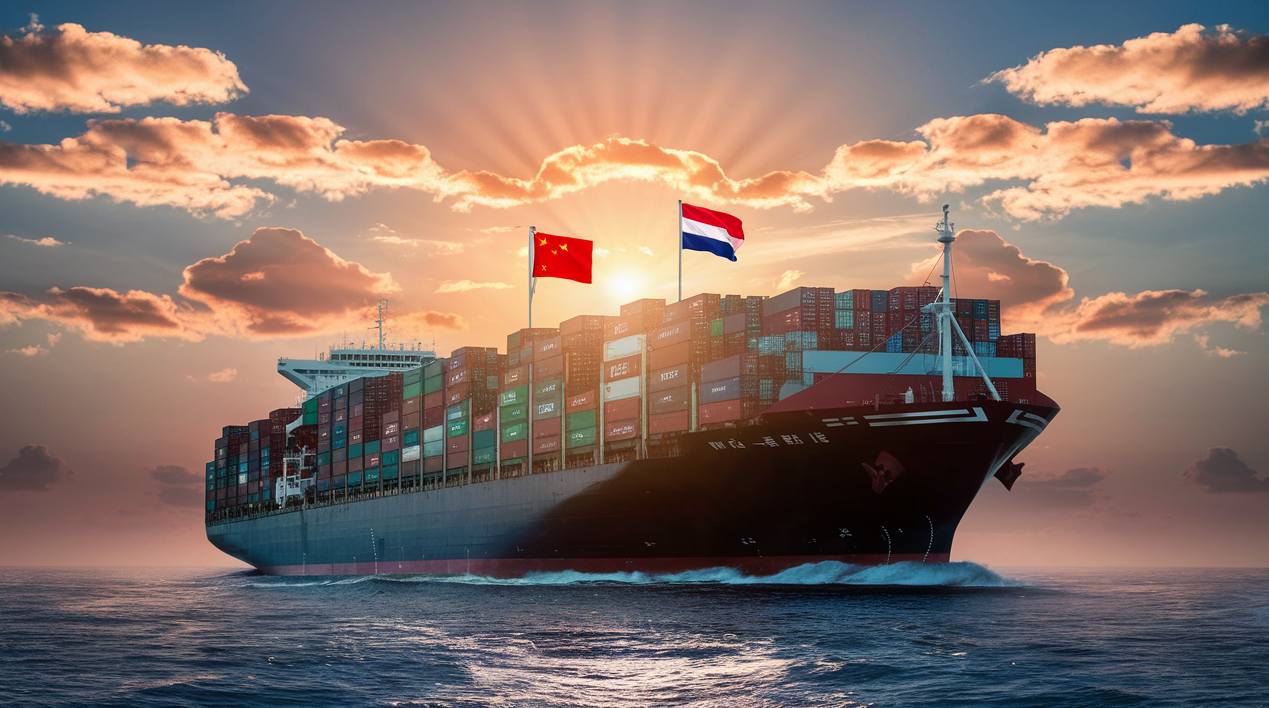
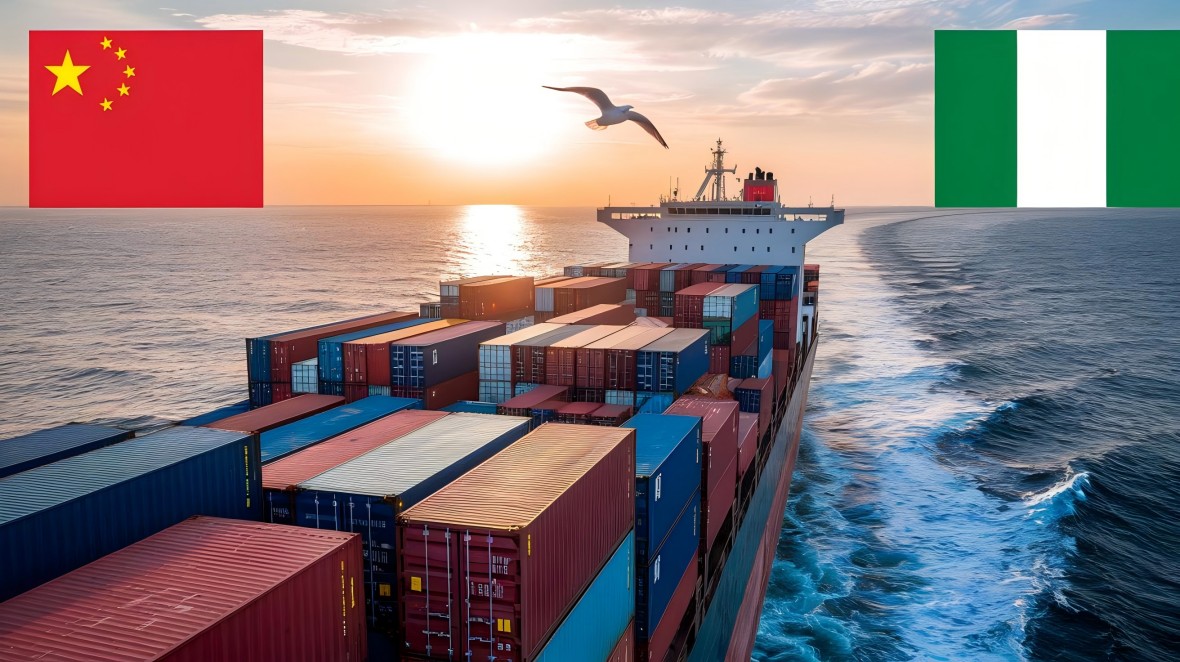
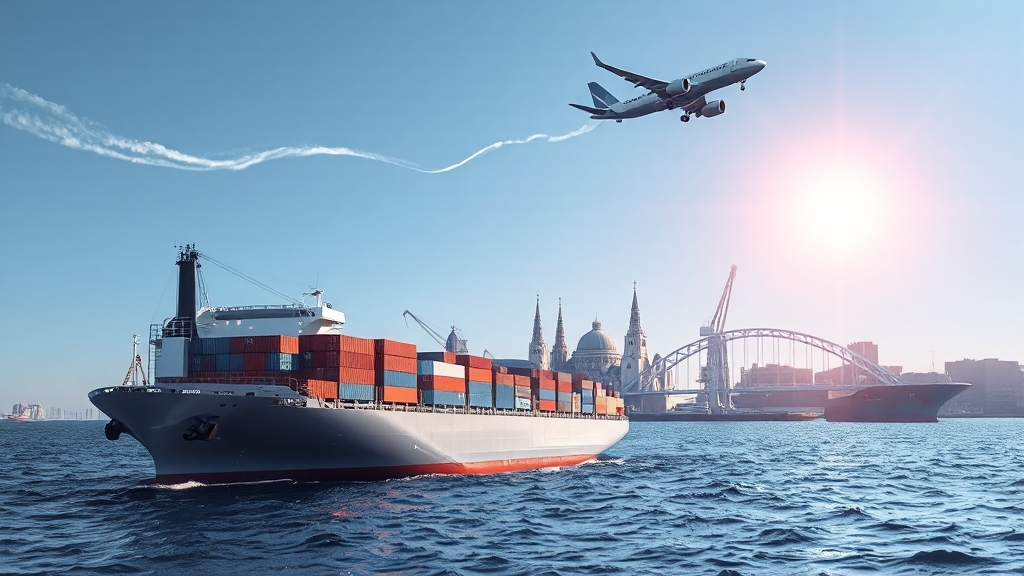
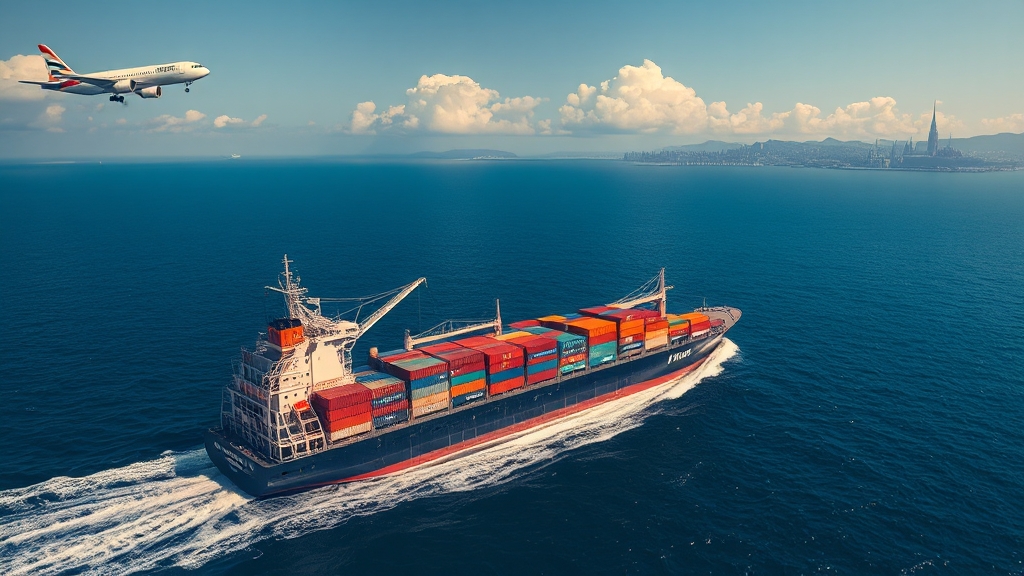
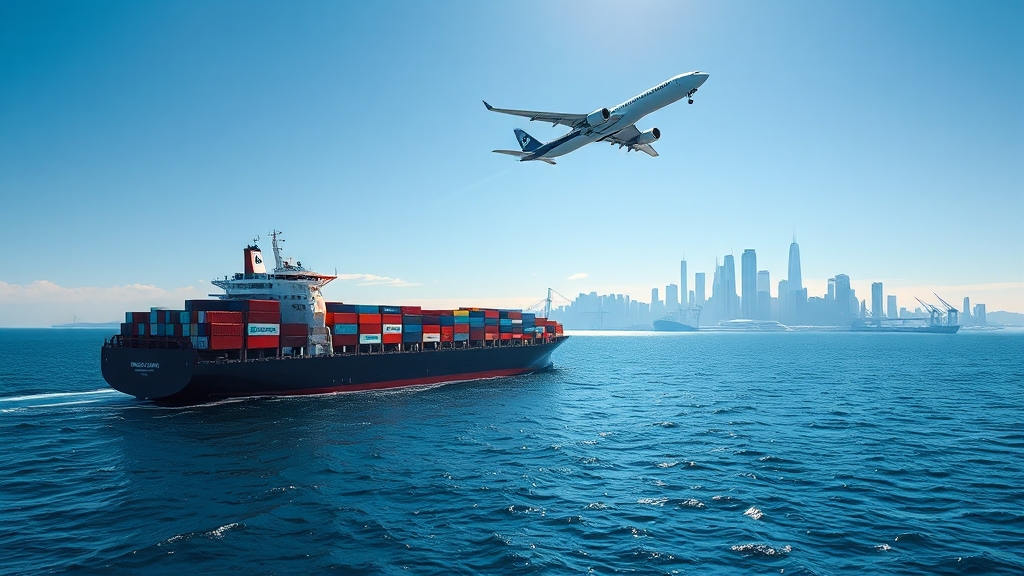





 Afrikaans
Afrikaans Shqip
Shqip አማርኛ
አማርኛ العربية
العربية Հայերեն
Հայերեն Azərbaycan dili
Azərbaycan dili Euskara
Euskara Беларуская мова
Беларуская мова বাংলা
বাংলা Bosanski
Bosanski Български
Български Català
Català Cebuano
Cebuano Chichewa
Chichewa 简体中文
简体中文 繁體中文
繁體中文 Corsu
Corsu Hrvatski
Hrvatski Čeština
Čeština Dansk
Dansk Nederlands
Nederlands English
English Esperanto
Esperanto Eesti
Eesti Filipino
Filipino Suomi
Suomi Français
Français Galego
Galego ქართული
ქართული Deutsch
Deutsch Ελληνικά
Ελληνικά Kreyol ayisyen
Kreyol ayisyen Harshen Hausa
Harshen Hausa Ōlelo Hawaiʻi
Ōlelo Hawaiʻi עִבְרִית
עִבְרִית हिन्दी
हिन्दी Hmong
Hmong Magyar
Magyar Íslenska
Íslenska Igbo
Igbo Bahasa Indonesia
Bahasa Indonesia Gaeilge
Gaeilge Italiano
Italiano 日本語
日本語 Basa Jawa
Basa Jawa ಕನ್ನಡ
ಕನ್ನಡ Қазақ тілі
Қазақ тілі ភាសាខ្មែរ
ភាសាខ្មែរ 한국어
한국어 كوردی
كوردی Кыргызча
Кыргызча ພາສາລາວ
ພາສາລາວ Latin
Latin Latviešu valoda
Latviešu valoda Lietuvių kalba
Lietuvių kalba Lëtzebuergesch
Lëtzebuergesch Македонски јазик
Македонски јазик Malagasy
Malagasy Bahasa Melayu
Bahasa Melayu മലയാളം
മലയാളം Maltese
Maltese Te Reo Māori
Te Reo Māori मराठी
मराठी Монгол
Монгол ဗမာစာ
ဗမာစာ नेपाली
नेपाली Norsk bokmål
Norsk bokmål پښتو
پښتو فارسی
فارسی Polski
Polski Português
Português ਪੰਜਾਬੀ
ਪੰਜਾਬੀ Română
Română Русский
Русский Samoan
Samoan Gàidhlig
Gàidhlig Српски језик
Српски језик Sesotho
Sesotho Shona
Shona سنڌي
سنڌي සිංහල
සිංහල Slovenčina
Slovenčina Slovenščina
Slovenščina Afsoomaali
Afsoomaali Español
Español Basa Sunda
Basa Sunda Kiswahili
Kiswahili Svenska
Svenska Тоҷикӣ
Тоҷикӣ தமிழ்
தமிழ் తెలుగు
తెలుగు ไทย
ไทย Türkçe
Türkçe Українська
Українська اردو
اردو O‘zbekcha
O‘zbekcha Tiếng Việt
Tiếng Việt Cymraeg
Cymraeg יידיש
יידיש Yorùbá
Yorùbá Zulu
Zulu